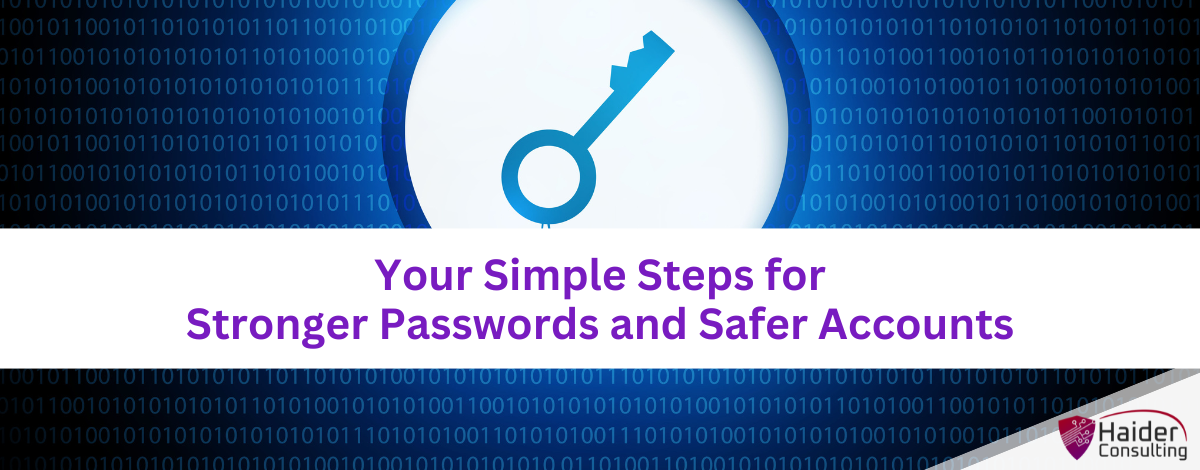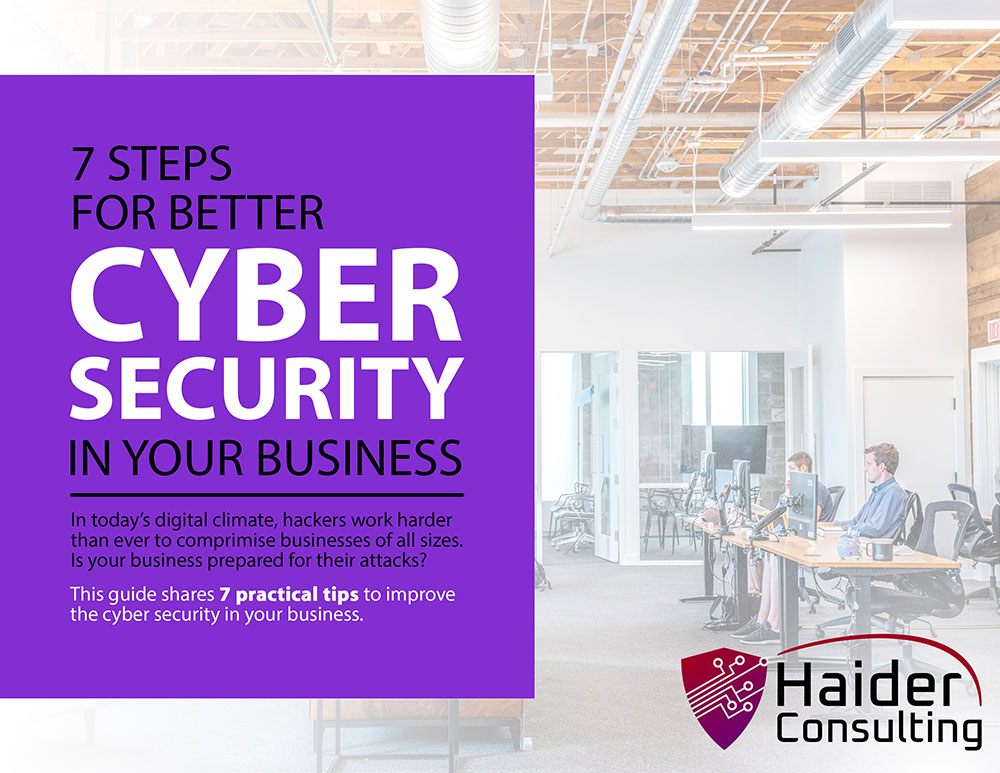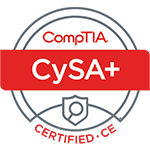Cyber threats are getting more advanced in today’s digital world. Weak passwords and outdated login methods can lead to stolen money, lost data, or identity theft—for both individuals and businesses. A strong password is your first line of defense, but it’s not enough on its own.
This guide covers the basics of creating strong passwords, using two-factor authentication, and the best ways to protect your accounts. We’ll also look at newer verification tools and common mistakes to avoid.
What makes strong passwords so important?
Your password works like a key to unlock your personal and work accounts. Hackers use tricks like brute-force attacks, phishing, and stolen login info to break into accounts with weak passwords. If they get your password, they can log in without your permission, steal data, or even commit fraud.
Many people still use passwords that are too simple, like “123456” or “password.” These are often the first guesses hackers make. Another problem is reusing the same password on different accounts. If just one account is hacked, all the others using that same password are at risk too.
Modern password rules recommend using a mix of numbers, uppercase and lowercase letters, and special characters. But just making a password complicated isn’t enough—it should also be long. Experts suggest using at least 12 characters. Password managers can help you create strong, unique passwords and keep track of them safely. They make it easier to avoid reusing passwords and help protect your accounts. In the next section, we’ll explain how multi-factor authentication adds even more protection.
Why should I use Multi-Factor Authentication?
Multi-factor authentication (MFA) adds extra protection by asking for two or more ways to prove your identity before letting you into an account. Even if someone gets your password, they still can’t log in without the second step. This makes it much harder for hackers to get in.
The main types of MFA:
• Something You Know – Like a password, PIN, or answer to a security question.
• Something You Have – Like your phone, a security token, or a special USB key.
• Something You Are – Like a fingerprint or face scan.
The most common ways to authenticate:
• SMS Codes – A code sent to your phone by text. It’s easy to use but not very secure if someone tricks your phone company into giving them your number.
• Authenticator Apps – Apps like Google Authenticator give you a code that changes every few seconds. They’re safer than text messages.
• Hardware Tokens – Physical tools like YubiKeys plug into your device and give you secure access that’s hard to fake.
Even though MFA is very effective, many people still don’t use it because they think it’s annoying or takes too long. But in reality, it’s a small extra step that can stop major problems like account takeovers. Next, we’ll explore some new authentication tools that are becoming more popular.
What is new in Authentication?
Old-fashioned passwords are slowly being replaced by newer, safer, and easier ways to log in. One growing method is passwordless authentication, which uses things like biometrics or secure digital keys instead of something you have to remember.
Biometric tools—like fingerprints or face scans—are convenient, but they’re not perfect. Hackers can sometimes trick these systems or steal biometric data. To add more protection, some systems now use behavioral biometrics, which look at how you type or move your mouse.
Another major update is FIDO (Fast Identity Online), a set of standards that allows secure, password-free logins using physical devices or built-in phone security. Big tech companies like Apple, Google, and Microsoft are already using FIDO to help move away from passwords.
Even though these tools improve security, people still need to be careful. Many data breaches still happen because someone made a mistake, like clicking a phishing email. In the next section, we’ll look at smart habits you can follow to keep your login info safe.
What are some good ways to stay safe while signing on?
Changing your passwords often and turning on multi-factor authentication (MFA) are great starting points, but you also need to keep an eye out for threats. Here are a few smart ways to stay protected:
• Watch for Data Breaches – Use tools like Have I Been Pwned to check if your login info has been exposed in a known breach.
• Avoid Phishing Attempts – Don’t enter your login info on strange links or emails that look suspicious, even if they seem to come from people you trust.
• Use a Password Manager – These tools create strong, unique passwords, store them securely, and autofill them when needed so you don’t have to remember them all.
Companies should make strong password rules and give regular security training. And for individuals, think of your passwords like your house keys—don’t leave them lying around or use the same one everywhere.
What Are the Most Common Password Mistakes to Avoid?
Even with good intentions, many people weaken their own security by making common password mistakes. Knowing what these mistakes are is the first step to building better digital habits.
Using Weak or Obvious Passwords
A lot of people still use simple passwords like “123456,” “password,” or “qwerty.” These are some of the first things hackers try in brute-force attacks. Even slightly changed versions like “Password123” are still too easy to guess. Strong passwords should avoid common words, easy number patterns, and personal details like names or birthdays.
Reusing Passwords for Multiple Accounts
Another major mistake is using the same password on different sites. If a hacker gets one of your passwords, they can try it on all your accounts. Over 60% of people reuse passwords, which makes it easier for hackers to break in using credential-stuffing techniques.
Ignoring Two-Factor Authentication (2FA)
Not using two-factor authentication isn’t a password mistake exactly, but it still puts your accounts at risk. Even the best password can be stolen, but 2FA adds an extra step that makes it much harder for hackers to get in. Many people skip it because it seems like a hassle, not realizing they’re taking a big security risk.
Storing Passwords in Unsafe Places
Writing passwords on sticky notes or saving them in plain text files makes them easy to steal. If someone finds these notes or files, they can get into your accounts right away. A better option is a password manager, which keeps your passwords safe and encrypted in one place.
Never Changing Your Passwords
Some people use the same password for years, even after a data breach. This gives hackers more time to take advantage. Updating passwords regularly—especially for accounts like email or banking—reduces this risk. Experts say you should change important passwords every 3 to 6 months.
Ready to Boost Your Online Security?
Staying safe online takes constant effort, and learning about threats is one of the best ways to protect yourself. Using strong passwords and two-factor authentication are key first steps, but new tools are making things even safer. So whether you’re managing your own accounts or running a business, using these methods can help you avoid expensive data breaches.
Reach out to us today for cybersecurity help that fits your specific needs! A quick, 17 minute Discovery Call will get you started!
Book My 17-Minute Call





